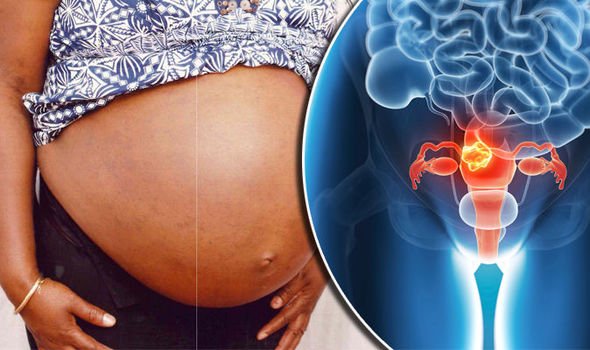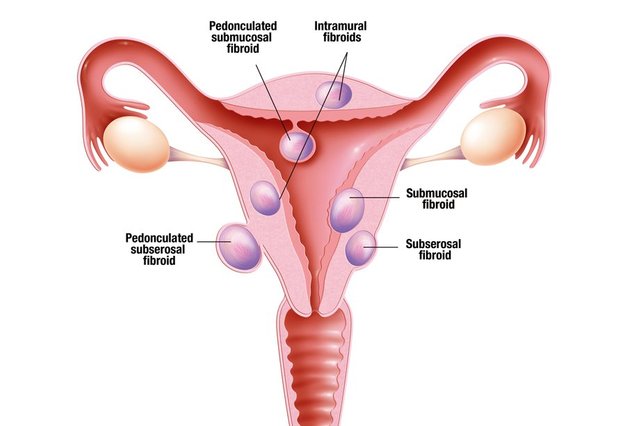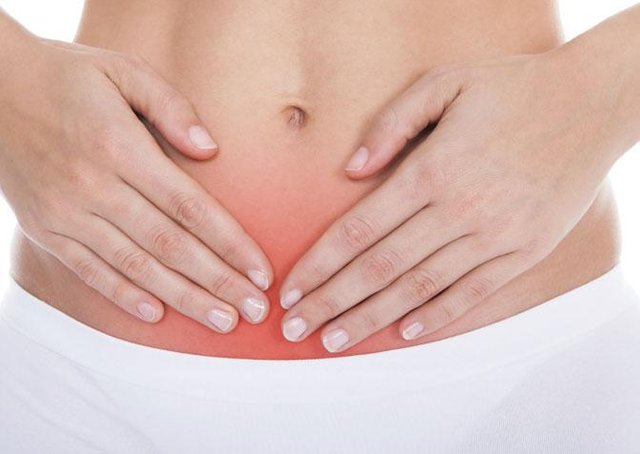FIBROID : WHAT YOU NEED TO KNOW

Hello air-clinicians. It's Women's Health Wednesday and it will all be about fibroid. I'm sure you must have come across this condition.
Fibroid can also be called leiomyoma. They are tumors of the uterus which are benign in nature. The onset of fibroid may not show any symptoms in some women while others may show some symptoms. Symptoms such as heavy bleeding (periods), increased urination and others are noted. The benign nature of fibroid show that they are noncancerous but can become quite large to cause abdominal pain. Fibrous growth can be singular i.e in form of a single tumor or can occur in many places in the uterus. What really causes fibroid have not been determined but several risk factors are associated with the development of fibroid. Such risk factors include :
- Obesity
- Some hormones
- Genetic abnormalities
- Age (40-50years)
- Family history
- poor diet
It has been studied that up to 50-80% of women have a risk of developing fibroid at the age of 50. This condition has been linked genetically as it can run in the family.
TYPES OF FIBROID
There are several types of fibroid depending on their location in the uterine region.
Intramural Fibroid : they are the most common types. This type is located between the muscles of the uterus. They can grow very large with time and cause stretching.
Subserosal Fibroid : this type occurs on the uterine surface. They spurt in an outward like manner. The name "pedunculated" fibroid is given when a particular fibroid is attached to the uterus by a piece of tissue.
Submucosal Fibroid :they are located beneath the uterine lining (endometrium). This type is not usually common.
SIGNS/SYMPTOMS
As said earlier, some women do not show signs/symptoms of fibroid while some can signs which are ;
- abdominal pain
- heavy or increased bleeding
- pain during sex
- pressure on the rectum
- premature labour
- abdominal enlargement
- increased urination
- back pain (lower region)
DIAGNOSIS
Diagnosis of a fibroid can be done using pelvic examination. This is done to observe the size and shape of the uterus. An ultrasound can also be performed to view the internal structures. Magnetic Resonance Imaging (MRI) is also another form of diagnostic procedure.
TREATMENT OPTIONS
Yes! Fibroid can be treated based on several factors such as your age, fibroid size and its location, shown signs of fibroid, decision to become pregnant. Some of the treatment options are ;
- medications which can be used to treat the symptoms
- surgical operation/procedures such as myomectomy to remove fibroid and that of hysterectomy.
- UAE which is Uterine Artery Embolization to stop blood flow to the fibroid.
With these treatments, recovery can be very quick and a lasting solution to fibroid.
Thank you for reading. Stay healthy and well.
Posted from myAirClinic Healthcare App. Download Android Version from PLAYSTORE!



Congratulations @martzpro! You have completed the following achievement on the Steem blockchain and have been rewarded with new badge(s) :
Click on the badge to view your Board of Honor.
If you no longer want to receive notifications, reply to this comment with the word
STOPDo not miss the last post from @steemitboard: